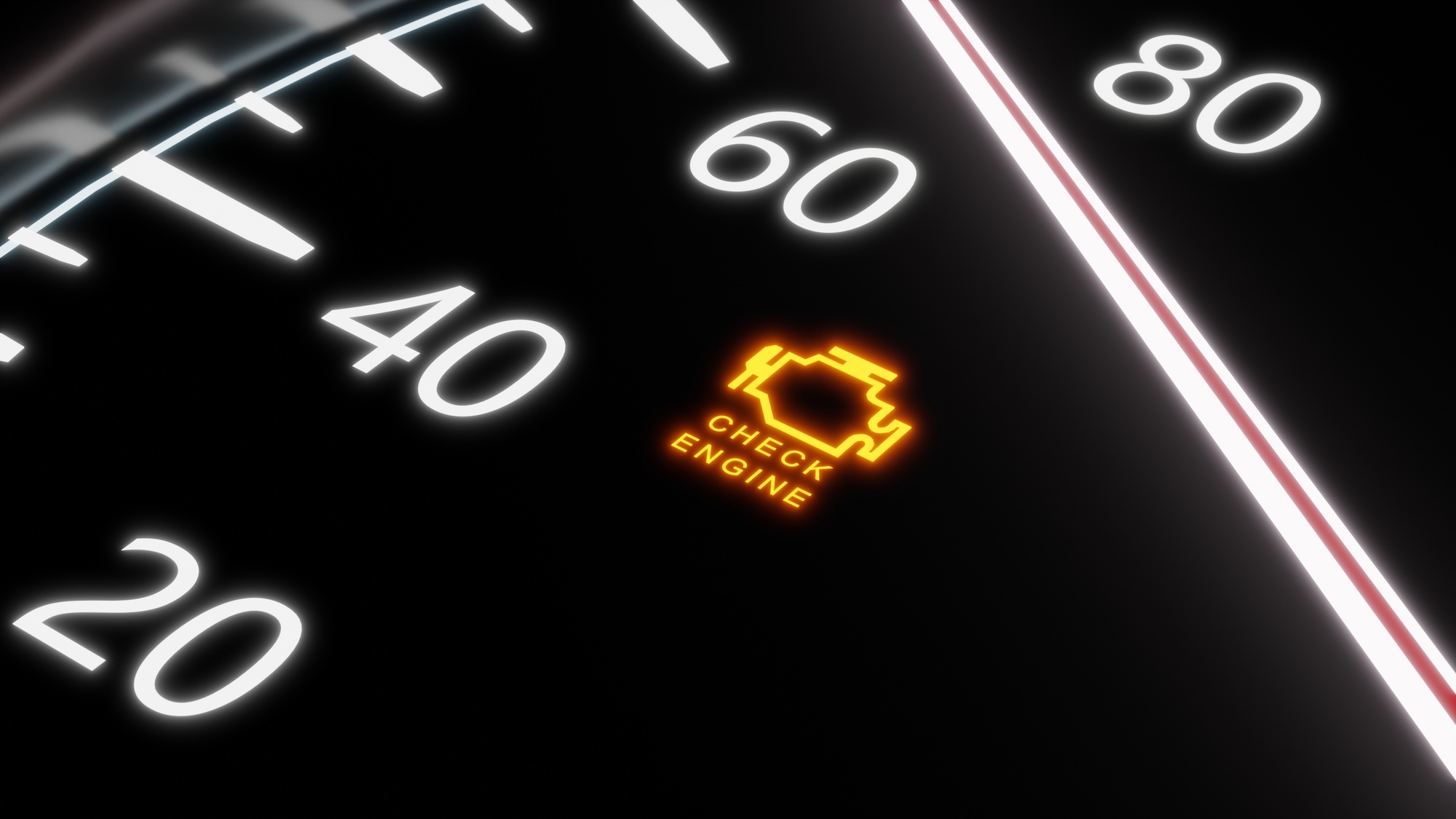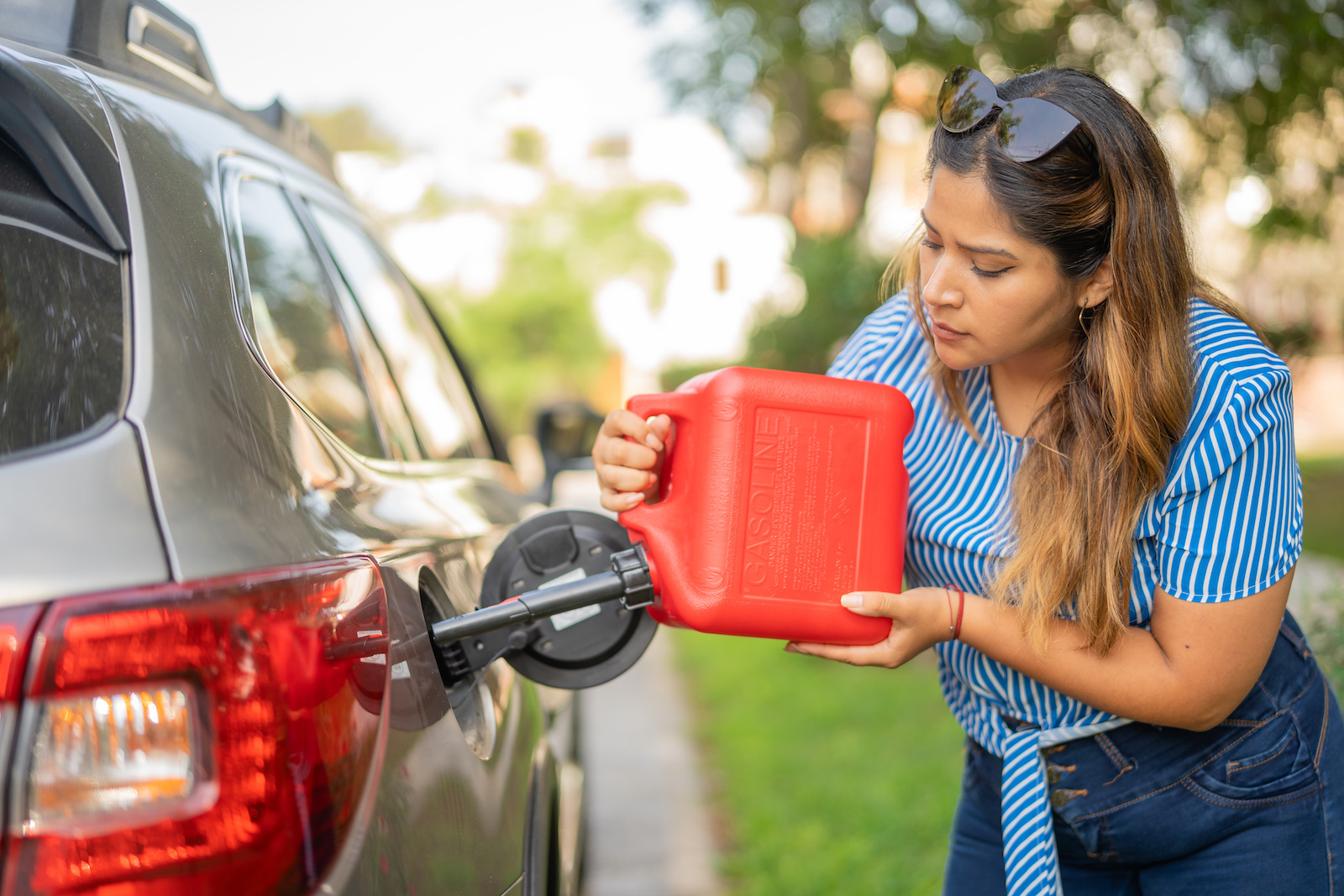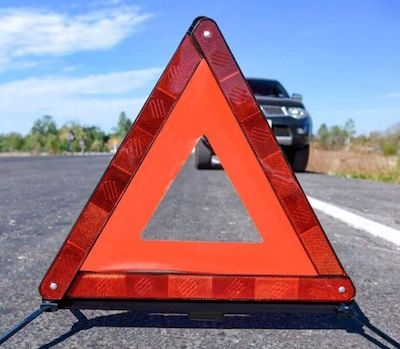Contents
- First things first: don’t panic. That won’t help.
- Next, get off the road as quickly as possible.
- Turn on your hazard lights, coast to the shoulder, or pull into the closest possible turnoff.
- Shut off the key and take a breath.
Now that you are safe, you can start looking for the cause. Try to restart the engine. If it starts and stays running, it could have been a weird fluke. Nonetheless, the stalling issue will likely pop up again.
Finding the Source of the Stall
Perhaps you have noticed signs of trouble. Overheating, rough running, hard starts, or a dead battery are indications that something amiss. Only major issues provide certain alerts beforehand, so you need to examine a few things.
Gauges – Have a look at your gauges before you get out of the vehicle. Did any warning lights come on before the engine died? If you do not have gauges, the warning lights are your only way of knowing if the engine and transmission are operating correctly. If you have gauges, look at them routinely as you drive. Oil pressure, water temp, fuel, and battery voltage are the main items to monitor.
Engine temp – Is the engine hot? Most modern engines tend to run between 180 and 210 degrees, though some prefer 220 degrees. Anything higher than 230 degrees is a concern.
Oil pressure – Before the engine stalled, did you notice the oil pressure? Most engines run 30 to 60 psi of oil pressure at speed and between 20 and 40 at idle. Your vehicle may not have an oil pressure gauge; it may just have a warning light.
Voltage – Modern vehicles use a 12-volt system, but the voltage while running is 14.4 volts. So when the engine is running, between 13.2 and 14.4 volts is a healthy range.
Fuel – A low fuel level can exacerbate fuel pump and fuel filter issues. The fuel pump inside your tank needs at least a quarter tank to cool the pump properly. If it drops under that level, the pump heats up. When it’s run too long below that minimum level, the pump wears out and eventually will leave you on the side of the road.
Check engine light – Chances are the check engine light lit up on the dash, meaning that the car’s computer has set a code (or a few) indicating a problem. It’s a good idea to keep a cheap code scanner in your vehicle to check and clear codes and not rely on a shop or tow truck.
Shop now for code readersQuick Fixes for Car Stalling
There are a few problems that you can remedy quickly to get back on the road.
Out of gas – Most gas stations sell small cans for a ridiculous premium, so do yourself a favor and keep an empty two- to five-gallon jerry can in the trunk. That will allow you to fetch enough fuel to get you to the next gas station. Don’t keep a full can in your vehicle, because the fumes can overwhelm you while driving.
Clogged fuel filter – While not a “side of the road” fix, if your vehicle has fuel in the tank but it’s not getting to the engine (commonly signaled by that “out of gas” smell), then your fuel filter may be clogged. Most vehicles run the pump for about five seconds when the key is turned on. If you can hear the fuel pump running when you turn the key, the filter should be checked. Most of the time, the filter is located under the vehicle between the engine and the tank. Swapping out the fuel filter may get you back on the road.
Dirty air filter – Pop the hood, locate the air filter, and remove it for inspection. Hold it up to the sun or a headlight if it is dark. If you can see the light through it, air should flow. If you can’t, it is likely clogged and could choke your engine. Leave it out and try to start the engine. If the engine starts, close the hood and drive to the closest parts store to buy a replacement. DO NOT run your engine long without an air filter—only to get home or to a safe location.
Vacuum leak – A few items on your vehicle use a vacuum to operate, such as the power brakes, some AC controls, and emissions systems. You have a massive vacuum leak if a hose comes loose, cracks, or breaks. This must be fixed for the engine to run, as unmetered air entering the engine will throw off all the sensors. If you try cranking the engine and it starts—or tries to start—you may hear a whistling or sucking sound. That is a vacuum leak. Fix the leak, and the engine should start up. Look for small loose hoses, broken hoses, and damaged or melted hoses.
Dead battery – Your vehicle needs a minimum of 10 volts to operate the engine control module and engine. If the alternator failed, then your battery will quickly drain below the point of being capable of supplying the minimum voltage. If the engine won’t crank, and the lights on the dash are dead or flicker when you try to start the engine, your issue may be in the alternator or battery system. If it works, you can get a jump start, but that won’t get you very far. Recharging the battery will likely get you to a better location where you can properly diagnose your vehicle. A failed alternator can kill the battery, and a failing battery can kill an alternator, so make sure you address either issue as soon as you start to see charging system issues.
Shop now for fuel filtersSerious Car Stalling Issues
If you hear any substantial mechanical noises, see pools of oil or fluid under the vehicle, or notice lots of smoke, you have a significant issue that is not likely to be fixable on the side of the road. A broken timing belt, failed camshaft or crank sensor, or transmission problem can quickly put you on the side of the road. Your only recourse is calling for a tow and getting your vehicle to a service station as soon as possible.
You must get off the road as quickly and safely as possible when you suffer a vehicle failure. Once you have any sign of an impending breakdown, move to the far outside lane and look for a safe place to stop.
Jerking, sustained hesitation, overheating, and lack of acceleration are all signs that your vehicle is about to stall. Protect your vehicle, yourself, and your passengers by taking the first safe exit or stopping point. Don’t forget to activate the hazard lights so other drivers know you are having problems and may suddenly stop.
Related: Reduced Engine Power and What To Do About It
Shop now for automotive safety kits







